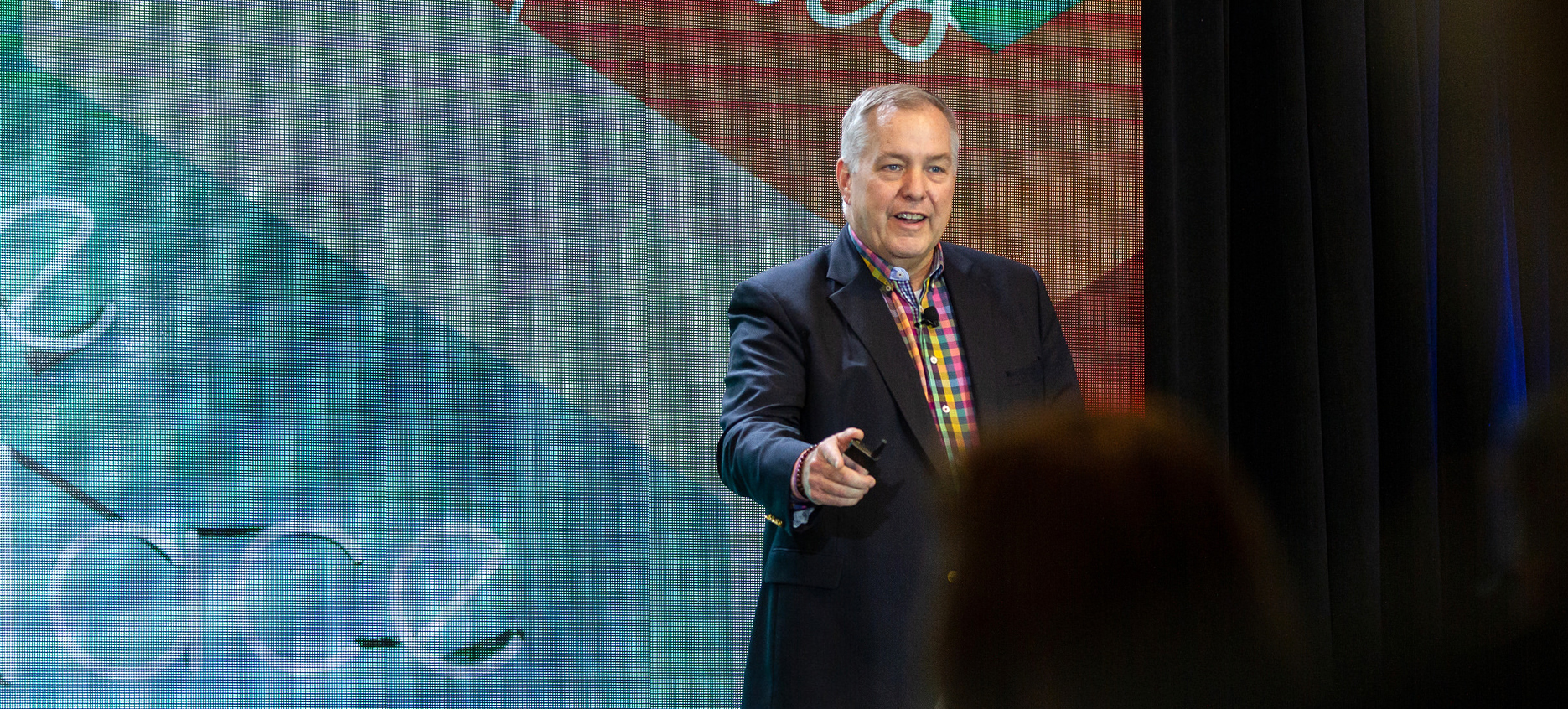Children's Hospital of Philadelphia has managed to do the seemingly impossible: reduce energy use and cost while also adding space. Douglas Carney, AIA, Senior Vice President for Facilities, Real Estate & Capital Programs at CHOP, explained how that was even possible at HealthSpaces.
As one of the top pediatric hospitals in the country as well as one of the oldest, with a history dating back to before the Civil War, the main mission of CHOP is restoring kids to good health. The hospital has 562 beds and over 5 million square feet of real estate, and being able to add space while also reducing energy use and cost helps them to further serve their main mission.
Carney highlighted two case studies that allowed them to do just that.
"We're showing engineering magic in these cases," he said. "They're also good examples of good stewardship of both the environment and our resources. As an academic medical center with the same tri-part mission as other academic research centers, in a good market our research and teaching components are not subsidized so the more we can husband our resources the better we are able to support our mission."
From 2009 until now, CHOP's overall energy costs have been reduced by $1 million per year. During that same time period, the hospital has nearly doubled its space, from roughly 3 to 5 million gross square feet.
He acknowledged that part of that savings came from a reduction in natural gas prices that started in 2009, but stated that about half of that overall savings came from those two projects. The fact remains, he said, that "while adding substantial square footage, our energy costs went down."
The Mad Scientist Hatches Her Plans
The first project was a chiller/heater. Carney said his "mad scientist"—CHOP's Senior Director of Building Systems, Operations and Refrigeration Rachel McCarthy, PE,—wanted to see if the technology used to allow ski resorts to create snow in the desert of Dubai was something they could adapt for the hospital and if doing so would be worthwhile.
The answer was a resounding yes, and the machine they built to do so was the first one of its kind. It has a 175% efficiency rate, cost $1 million with an estimated one-year payback (which became a two-and-a-half-to-three-year payback after energy costs went down again). It has saved the equivalent of 5,867 tons of carbon dioxide emissions, 497,223 gallons of gasoline, and 3,635 acres of U.S. forest per year.
The second project is the optisine story: the "mad scientist" McCarthy wanted to put a photovoltaic (PV) array on the top of CHOP's buildings, just want to see what happens—a legitimate reason to do things at an academic center. She thought it could convert DC power to AC power and wondered what would happen if the hospital put that on their primary incoming feeds downstream of the electric meter. The answer was that energy costs could be reduced by a solid and stable 17 percent, or $2 million per year.
The Results? Win-Win-Win
The most obvious and immediate benefit here is the cost savings, as Carney pointed out. But beyond those money savings, these two major improvements have also allowed CHOP to be a good steward of the environment and reduce air pollution in significant ways. In Pennsylvania, he said, 53 percent of the electricity used comes from coal-fired plants in Western Pennsylvania, all of which send particulates into the air that contribute to acid rain—which is damaging to lungs.
"We do this to save money and be good stewards of the environment, but we also do it for the kids, especially kids with really bad childhood asthma," said Carney. "One common problem we treat at the hospital is chronic childhood asthma. So by doing this we are reducing the triggers for childhood asthma we release into the atmosphere in West Philadelphia and that perfectly aligns with our mission."

Posted by
Collaborate with your Peers!
HealthSpaces is a community for people that plan, design, build and operate spaces where healthcare is delivered.
June 7-9, 2026 | Braselton, GA
Learn More




-4.png)
-Dec-09-2025-05-48-44-4379-PM.png)
-4.png)
-1.png)
-2.png)

Comments